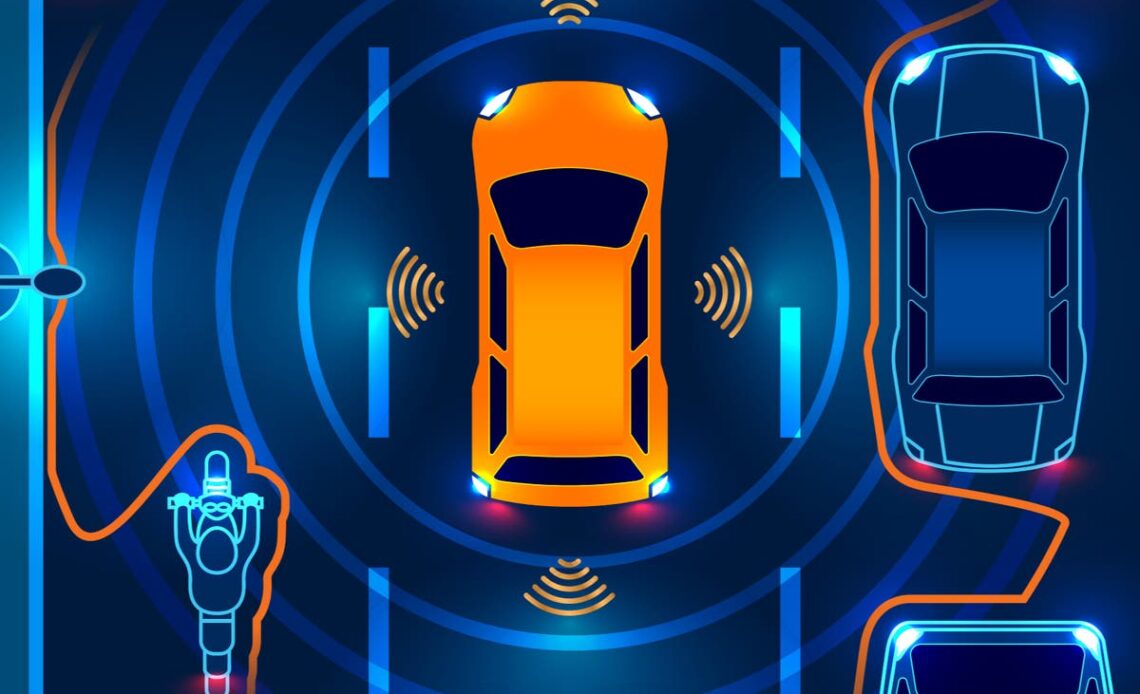Self-driving vehicles are the future according to the government, which says: “By 2025, the UK will begin to see deployments of self-driving vehicles, improving ways in which people and goods are moved around the nation.”
But now a committee of MPs has warned that introducing autonomous vehicles on the roads of Britain creates a range of risks: from motorists finding their skills have eroded to cyber-attacks with mass casualties. I have been reading about the government’s plans and the Transport Select Committee’s response so you don’t have to. Here’s everything you need to know.
What is a self-driving vehicle?
A vehicle that travels for all or most of a journey without human intervention. “Self-driving vehicle” is fairly synonymous with “autonomous vehicle” – though the latter term suggests a more advanced degree of automation. There is a spectrum of autonomy from a bit of driver assistance (such as cruise control, which has been around for decades) to a fully self-driving vehicle that does not need or even allow human intervention.
According to ministers, “Connected and Automated Mobility” technology involving self-driving vehicles will lead to:
- Safer and less congested roads.
- Better transport links in the countryside helping to level-up access to transport in rural and historically disconnected areas.
- Improved access to transport for people with mobility issues: those who are losing access to independent mobility as they age and those who have never had access to independent mobility.
- Cheaper and more reliable public transport.
How do self-driving vehicles work?
Makers of self-driving vehicles deploy a range of technologies in anything from an adapted car, bus or truck to one designed from the drawing board not to have a human operator.
The normal manual inputs – to accelerate, brake and turn – are controlled by a central processor that uses some or all of these technologies:
- Lidar (Light Detection And Ranging): laser beams emitted from devices arrayed around the car and reflected back to sensors to give a clear picture of everything around the car. This may be augmented by video cameras that can read road markings and even road signs.
- Radar: the cousin of Lidar, radar is early 20th-century technology that is particularly adept at measuring the speed of objects – including other vehicles.
- Mapping: just as…
Click Here to Read the Full Original Article at The Independent Travel…
